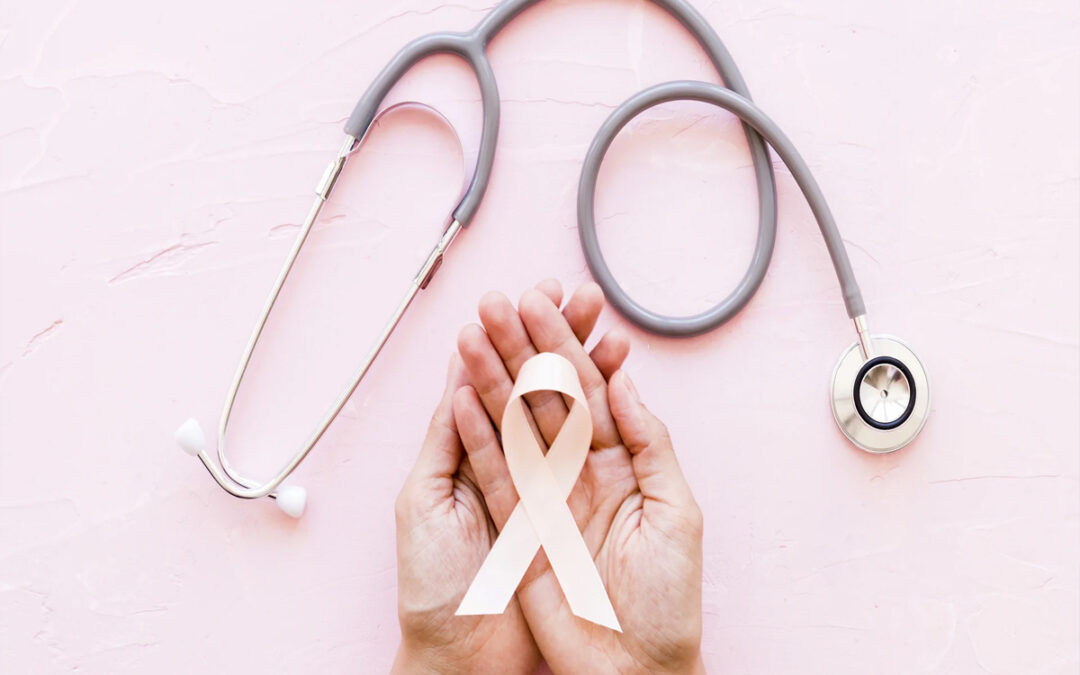Each year, the fight against breast cancer becomes stronger through groundbreaking discoveries and innovative treatments. As we step into 2025, research and technology are transforming how breast cancer is detected, treated, and managed — offering new hope to patients and their families worldwide.
This Pinktober, let’s explore the most significant advancements that are reshaping breast cancer treatment and giving countless women a renewed chance at life.

1. Personalized Medicine: Treatment Tailored to Every Patient
The era of “one-size-fits-all” treatment is coming to an end. In 2025, personalized or precision medicine is at the forefront of breast cancer care.
By analyzing a patient’s genetic makeup, tumor profile, and lifestyle factors, doctors can now design treatments that target the cancer more precisely — and reduce unnecessary side effects.
For example, genetic tests like Oncotype DX and BRCA mutation analysis help doctors determine which therapies will be most effective for each patient, ensuring the best possible outcomes.
2. AI and Early Detection: Technology Saving Lives
Artificial Intelligence (AI) is revolutionizing early detection — the most crucial factor in survival rates.
Modern AI-based mammography and imaging systems can now detect tiny, subtle changes in breast tissue that even trained eyes might miss.
In 2025, AI-driven diagnostic tools are helping radiologists identify breast cancer earlier and more accurately, minimizing false positives and enabling faster intervention.
Early detection means early treatment — and early treatment saves lives.
3. Immunotherapy: Empowering the Body’s Defense System
Immunotherapy continues to be one of the most exciting breakthroughs in cancer treatment. Unlike chemotherapy, which kills both healthy and cancerous cells, immunotherapy boosts the body’s natural immune system to recognize and destroy cancer cells.
New trials in 2025 are showing remarkable results for triple-negative breast cancer (TNBC) — one of the most aggressive and hard-to-treat forms.
Drugs like Pembrolizumab (Keytruda) are being used more effectively in combination with targeted therapies, leading to better survival and fewer side effects.
4. Targeted Therapy: Attacking Cancer at Its Core
Targeted therapies focus on the specific molecules and pathways that fuel cancer growth.
In 2025, new generations of targeted drugs such as CDK4/6 inhibitors and HER2-targeted therapies (like Trastuzumab and Pertuzumab) are showing exceptional results in slowing disease progression.
These treatments are more intelligent and less harmful to healthy cells, making them a preferred choice in combination therapies.
5. Advancements in Radiation and Surgery
Modern surgical and radiation techniques have become minimally invasive, improving recovery times and cosmetic outcomes.
Procedures like intraoperative radiation therapy (IORT) deliver targeted radiation during surgery, reducing the need for multiple hospital visits.
Additionally, 3D imaging and robotic-assisted surgeries in 2025 are helping surgeons remove tumors with greater precision — preserving more healthy breast tissue and boosting confidence among survivors.
6. Integrative and Supportive Care: Healing the Whole Person
Breast cancer treatment in 2025 isn’t just about defeating the disease — it’s about supporting the person behind it.
Integrative approaches now combine nutrition, exercise, mental health support, and mindfulness therapy to help patients recover holistically.
Hospitals and wellness centers are recognizing the importance of emotional resilience in healing, offering counseling, yoga, and community programs that empower patients during and after treatment.
7. Hope for the Future
The future of breast cancer treatment is bright. With advancements in genetics, AI, and precision medicine, the vision of turning breast cancer into a manageable and curable condition is closer than ever before.
But technology alone isn’t enough — awareness, early detection, and community support remain the cornerstones of saving lives. This Pinktober, let’s continue to spread awareness, encourage screenings, and stand with every woman fighting this battle.
Together, we can make a world where breast cancer is no longer a threat, but a challenge we can overcome with knowledge, compassion, and innovation.


